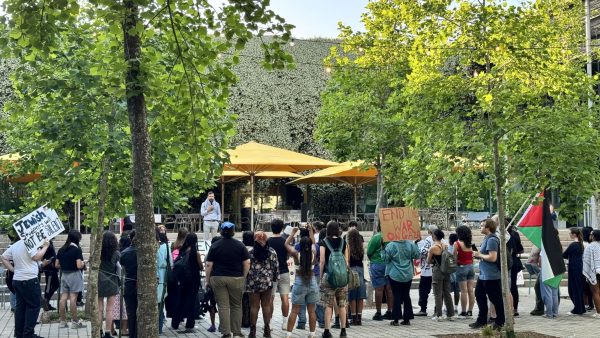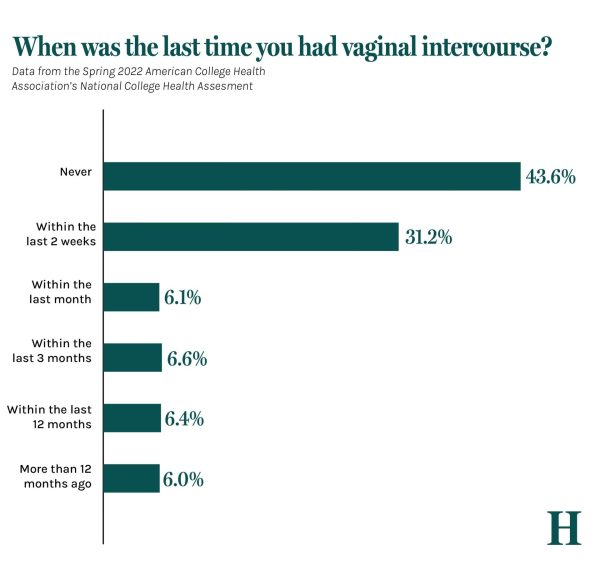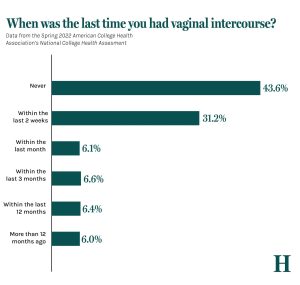Voluntary separation program worries staff
November 11, 2015
President Michael Fitts’ Oct. 12 email announced a series of employee benefit changes, a mid-year raise after almost two years without one and a voluntary separation program for staff. Despite the raise, many staff members have expressed concern and confusion regarding the voluntary separation package.
The voluntary separation package offers staff members who are over the age of 55 and have been with the university for more than 10 years to leave the university by Jan. 29 with 90 percent of his or her annual rate of base pay.
“Representation at the last [Staff Advisory Council] meeting expressed a general level of concern,” Staff Advisory Council Vice Chair Hunter Ely said. “That concern seems to stem from the way in which the voluntary separation program has been announced. … I think the general level of concern revolves around the communication of the change and the suddenness of it.”
The email included the announcement of a 2 percent merit increase pool — a merit-based raise divided by each department head. Staff Advisory Council Chair Will Ferbos said this did not boost morale as a raise normally could.
“[The raise] didn’t boost staff morale because of the way that it was presented,” Ferbos said. “I have not heard any positive feedback about that just yet. I will say that it was not positive because it went out in an email that also alarmed everyone. … Everyone was just focused on the bottom of the email that said that some of you have to leave.”
Many staff members have expressed concerns of ageism and fears that they will be at the top of the list for involuntary layoffs should they be necessary.
“That would be inappropriate,” Operational Review and Steering Committee Co-Chair Tony Lorino said. “Everybody on the list has to be age 55 or older. To try and target that group on an involuntary basis would be discrimination. But people are just worried about that.”
Ely said he has also heard this concern from fellow staff members.
“The only response I have to that is voluntary separation program is purely a mathematical formula around your age and years of service,” Ely said. “Whereas an involuntary separation program would be a much more specific dive into what are your duties as a member of the staff and can we do without them.”
Concerns regarding the recent changes and announcements echoed previous employee concerns regarding the introduction of the Kronos time punch system and the previous proposal to change the tuition waiver.
The University Senate, Tulane’s senior internal governance body, is divided between faculty, staff and students. Many public universities have separate senates for staff.
“We have the Staff Advisory Council that has a couple seats on the senate and that’s sort of the extent of the staff recognition on the senate,” Ely said. “I think that’s sort of where all this [staff dissatisfaction] comes from. The vagueness of communication is one thing, but having a voice is the other.”
Ferbos is leading a staff issues subcommittee of SAC to look at ways to make employee workdays more enjoyable. He also said higher administration is doing the same to thank and support staff. These plans are still in the proposal phase so he could not yet speak to specifics.
“If you have a staff full of unhappy people, the university is not going to be running at its full potential,” Ferbos said. “If you have people who are engaged in doing their work, they’ll go above and beyond for a place that is doing the same for them. I know there are things in place to celebrate the staff and get things going. I’m very happy that I’m participating in that.”
The package was offered to just under 500 eligible candidates. 20 percent of this group, 90 to 110 individuals, is expected to accept the package. Despite the initial concerns regarding the package, Operational Review Steering Committee Co-Chair Anne Baños said she thinks the initiative will be successful.
“I think people are receptive to it,” Baños said. “People have been coming to see me personally who are thinking about taking the package. They’re also going to see the associate vice president for workforce management so we’ve been meeting with people. The 20 percent take rate has been pretty consistent over history and it’s pretty consistent when you look at other institutions and what they take.”
Lorino said he agreed that he thinks that initiative will be successful in meeting this goal. He also cited previous cost-saving initiatives at Tulane in the ’90s. This did not include a voluntary separation, but rather other changes including a change in retirement benefits.
“There’s been a lot of universities over the last five or 10 years that have done these types of operational reviews,” Lorino said. “It’s quite common. In fact we did it ourselves back in the 1994-95 timeframe [with] A.T. Kearney. They were a consulting firm just like Huron [the consulting group Tulane is currently working with.] Back in that timeframe they were doing the same thing trying to figure out how to improve the operations of the university.”























Leave a Comment